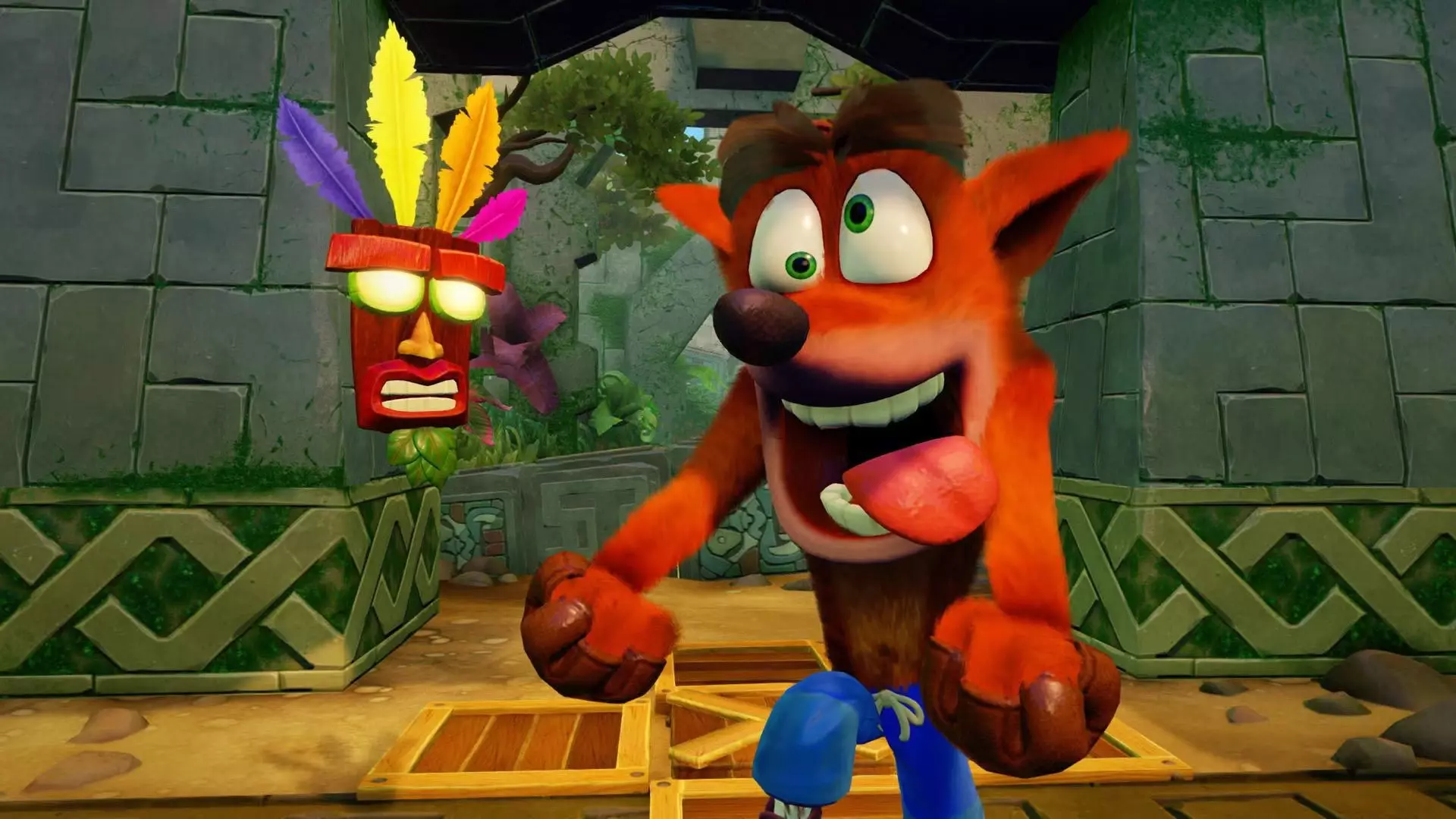The Crash Bandicoot series, originating from the mid-1990s, revolutionized platform gaming with its intuitive controls, memorable characters, and innovative gameplay mechanics. As a co-creator and visionary behind the original trilogy, Andrew Gavin’s insights shed light on the intricate craftsmanship involved in the game’s core mechanics—particularly the jump system—which profoundly influences the player experience. The remakes, including the well-received N.Sane Trilogy, aimed to bring these classics into the modern era, boasting updated visuals and a nostalgic appeal. Yet, beneath the surface of spectacular graphics and polished aesthetics lies a critical detail that was inadvertently compromised: the nuanced control over jumping physics.
The importance of precise movement in platformers cannot be overstated. The original games relied heavily on binary input—press or not press—yet they innovatively compensated for this limitation with a sophisticated system that subtly measured how long the jump button was held. This created a tactile, responsive feel that allowed skilled players to perform delicate maneuvers—like small hops or long leaps—adding depth and mastery to gameplay. Such nuanced control fostered a sense of craftsmanship, where players could develop an intuitive understanding of timing, pressure, and anticipation.
When Simplification Undermines Original Mechanics
According to Andrew Gavin, the remake developers seemingly overlooked the importance of this subtle mechanic. Instead of implementing a dynamic system that interpreted brief button presses and varying hold durations, they resorted to a simplified “fixed-jump” scheme—every jump is the same height regardless of input duration. This change, perhaps motivated by easing development hurdles or aligning with modern analog input standards, has a far-reaching impact on the feel of the game.
Gavin’s critique suggests that this oversight turns what was once a delicate art into a clunky, unresponsive experience. The thrill of executing a perfect small hop or a precise platform leap diminishes when every jump feels like a giant, weightless float. The responsiveness that made the original game so rewarding—where every millisecond mattered—is lost in translation. Instead of fluid precision, players are left with a “one-size-fits-all” jump mechanic, stripping away the layer of skill and tactile sensation that defined classic platforming.
This change also betrays a fundamental understanding of what made Crash’s gameplay compelling. The original design required players to develop a sense of athletic timing and anticipation, transforming simple button presses into a language of movement mastery. The remake’s failure to retain this subtlety showcases a disconnect between modern game design sensibilities and the nuanced craftsmanship that formed the backbone of the original.
The Cost of Modernization Without Respect for Original Mechanics
While the visual fidelity of the N.Sane Trilogy is undeniably impressive—a testament to the developers’ technical prowess—the decision to overhaul the control scheme without preserving the original’s nuanced input interpretation is a missed opportunity. The remakes could have benefited from employing a hybrid approach that celebrated both modern hardware capabilities and the original game’s refined-timing mechanics.
This oversight underscores a broader issue in game remakes: the temptation to prioritize visual updates over fundamental gameplay fidelity. Graphics may impress, but the soul of the game—the tactile feel and responsive controls—are what truly define its lasting appeal. The fact that the remake’s jumps are perceived as “huge and floaty” by critics and players alike is a testament to this misstep. It illustrates how even minor technical nuances in input handling can erode the core experience that made the original so beloved.
Andrew Gavin’s critique reminds us that mastery in game design involves more than just graphics and aesthetics. The feel of a jump in Crash isn’t just a mechanical detail; it’s the essence of what made the game responsive, challenging, and satisfying. To neglect such intricacies in pursuit of modern trends diminishes the legacy of a franchise that was originally grounded in tight, intuitive gameplay.
Reflections on Remakes and Respecting Original Design Principles
The controversy surrounding the Crash Bandicoot remake highlights a recurring challenge in the gaming industry: balancing modernization with respect for foundational mechanics. Developers often focus on glossing over technical shortcomings with visual enhancements, but the core control experience must remain intact for the game to resonate authentically.
In essence, Gavin’s critique is not just about a technical flaw; it’s a call to recognize the importance of preserving the craftsmanship behind classic titles. The tiny milliseconds of input detection, the subtle gravity adjustments during jumps—these are not trivial details but are vital ingredients that transform simple platforming into an art form. Their omission results in a gameplay experience that feels less refined and, ironically, less satisfying than the original.
This insight serves as a valuable lesson for future remakes and remasters: graphical fidelity should not come at the expense of gameplay integrity. The true power of a remake lies in its ability to honor the original’s design ethos while embracing contemporary hardware capabilities. Only then can such projects truly fulfill their potential, elevating a cherished classic rather than diluting it.
The Crash Bandicoot remake’s failure to preserve the engine’s nuanced jump system exemplifies how overlooking fundamental mechanics can diminish even the most visually impressive reboots. For developers and fans alike, it underscores the importance of respecting the intricate details that made these games timeless. Innovation should enhance, not erase, the core experiences that define a franchise’s legacy.

